Serving as a visual portal between the interior and the natural world, a sunroom can feel a lot like a getaway in your own home. The abundance of large windows and glass walls of the sunroom invites plenty of natural light while providing a generous view of the surrounding vista. The resulting atmosphere makes for an ideal place to relax, host guests, and spend time with family.
Whether you’re building a new house and entertaining the idea of including a sunroom, considering one as an addition to your existing home or converting an available sunroom into a living room, there are several factors you may need to account for in your decision. Major home improvement projects normally warrant a great deal of deliberation; incorporating a sunroom into your living spaces is no exception.
What Is a Sunroom?
A sunroom is essentially an interior room that features plenty of windows to allow for natural light and fresh air to fill up the space while providing an open view of the outdoors. Also referred to as Florida rooms, lanais, or solariums, sunrooms are often adorned with plants and furniture. They can be constructed on top of existing patios, serving as an extension to the main living spaces. The term itself is typically defined as a recreational area that bridges the gap between the interior and exterior of a house, with a significant portion of its walls consisting of large windows.
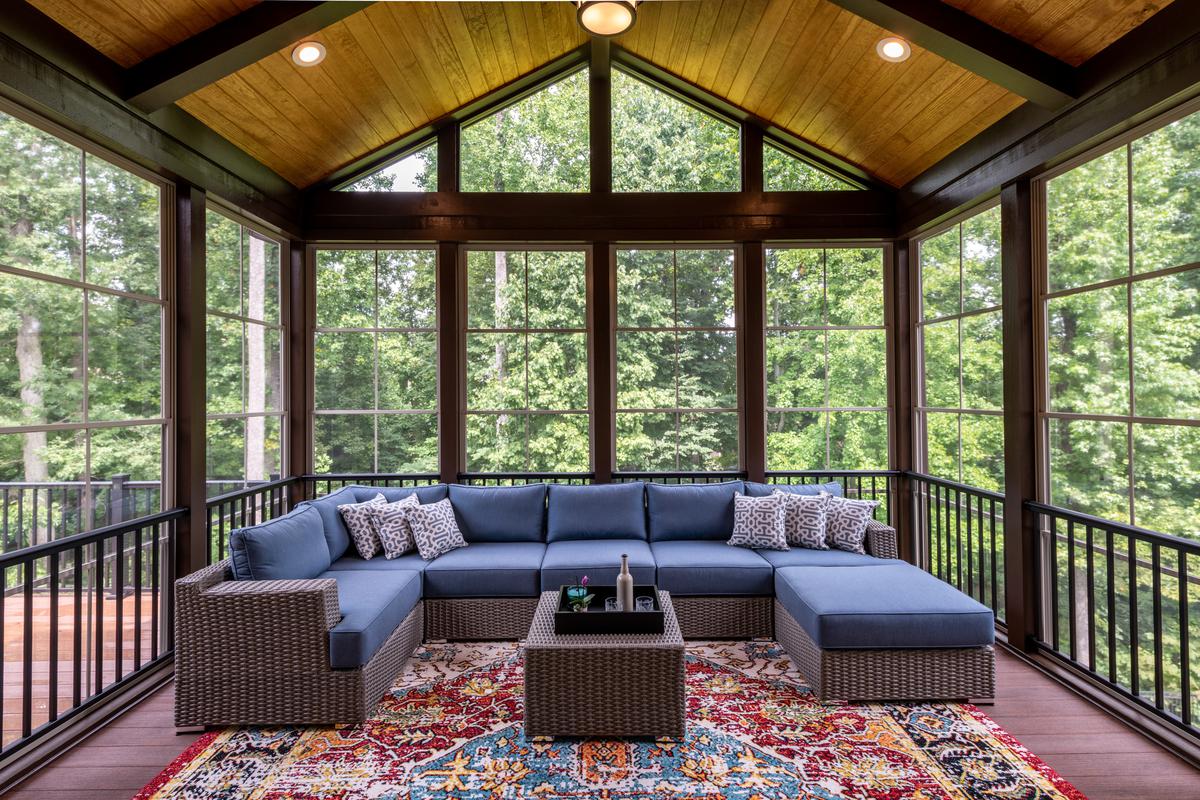
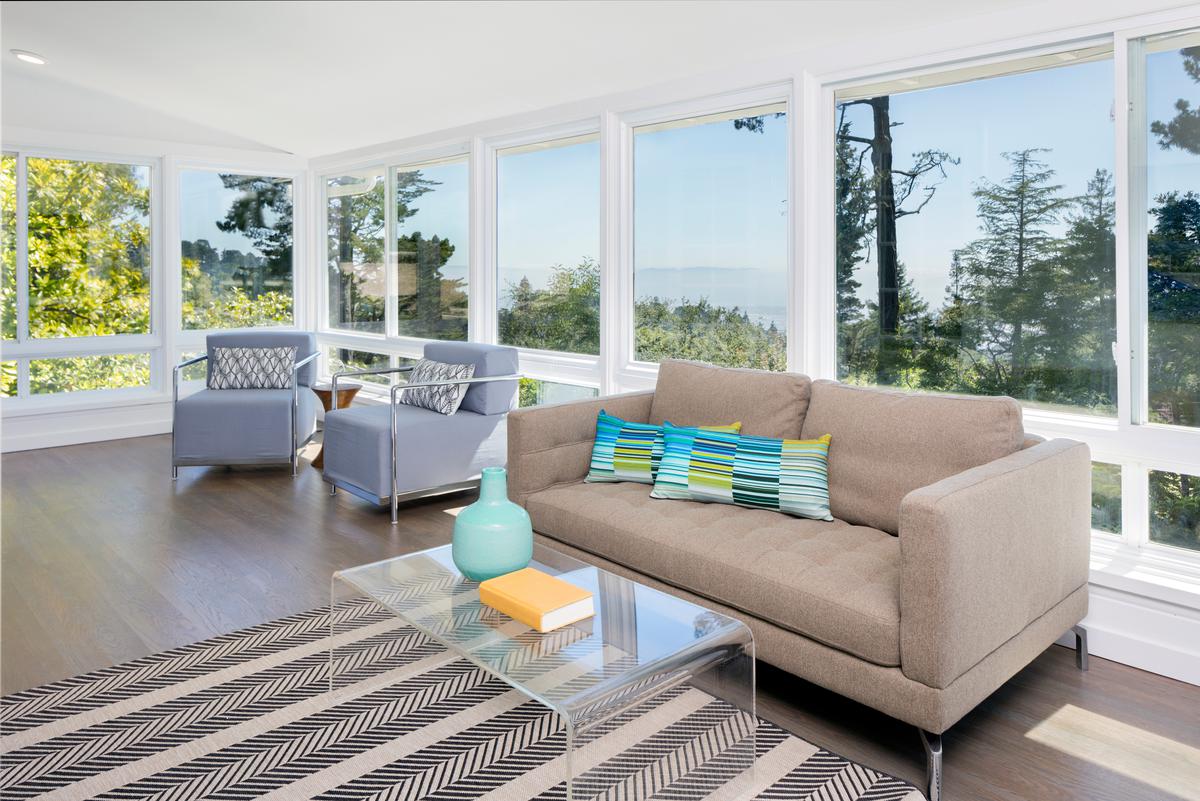
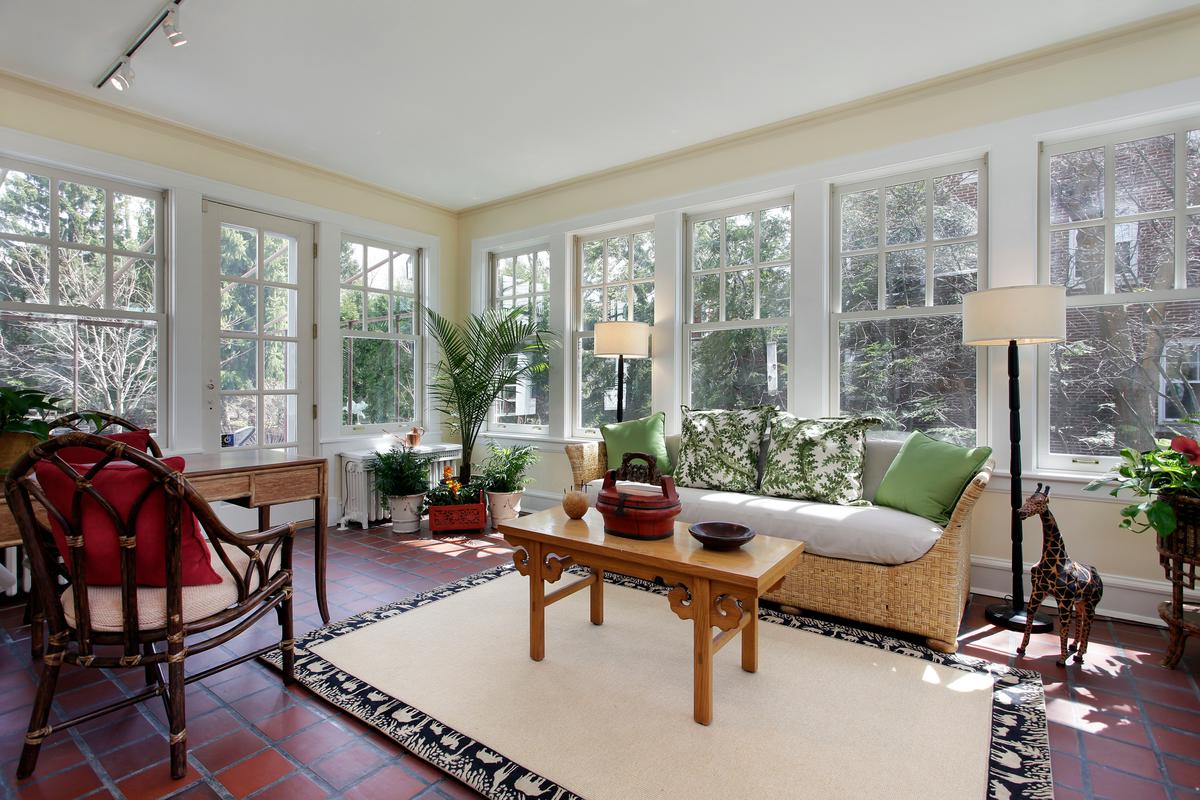
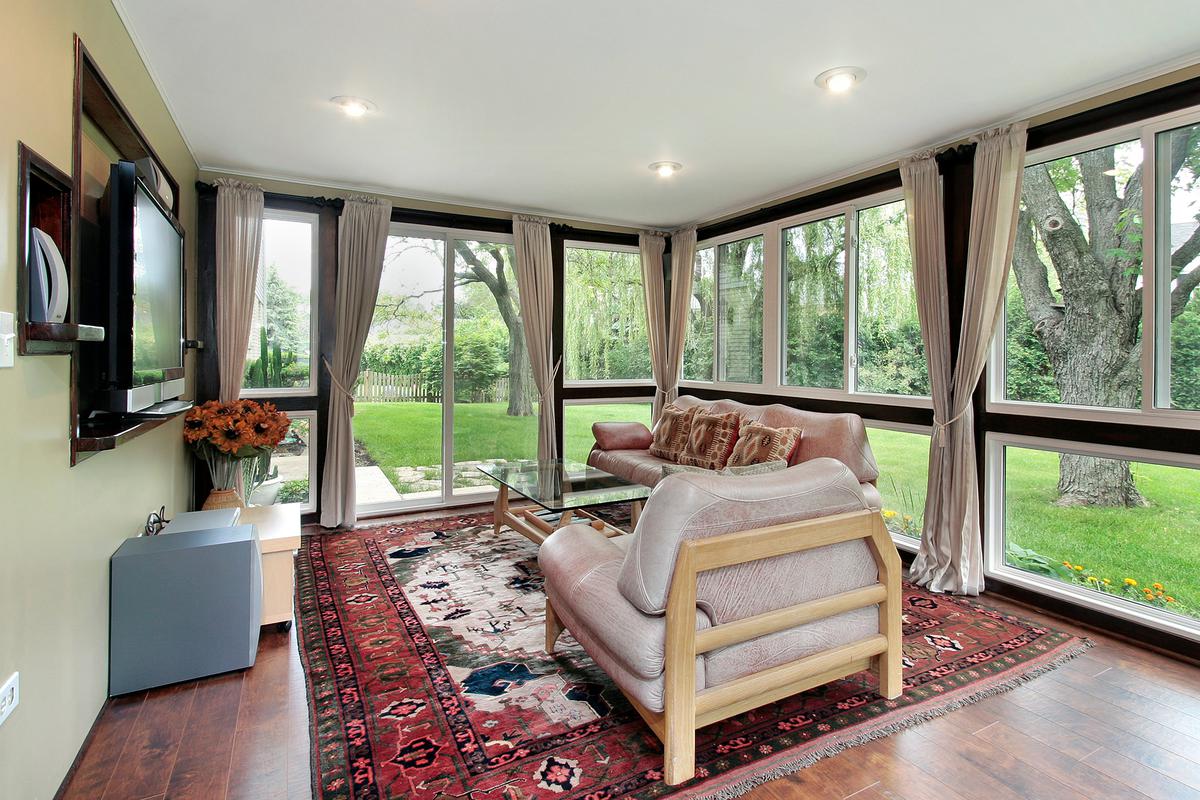
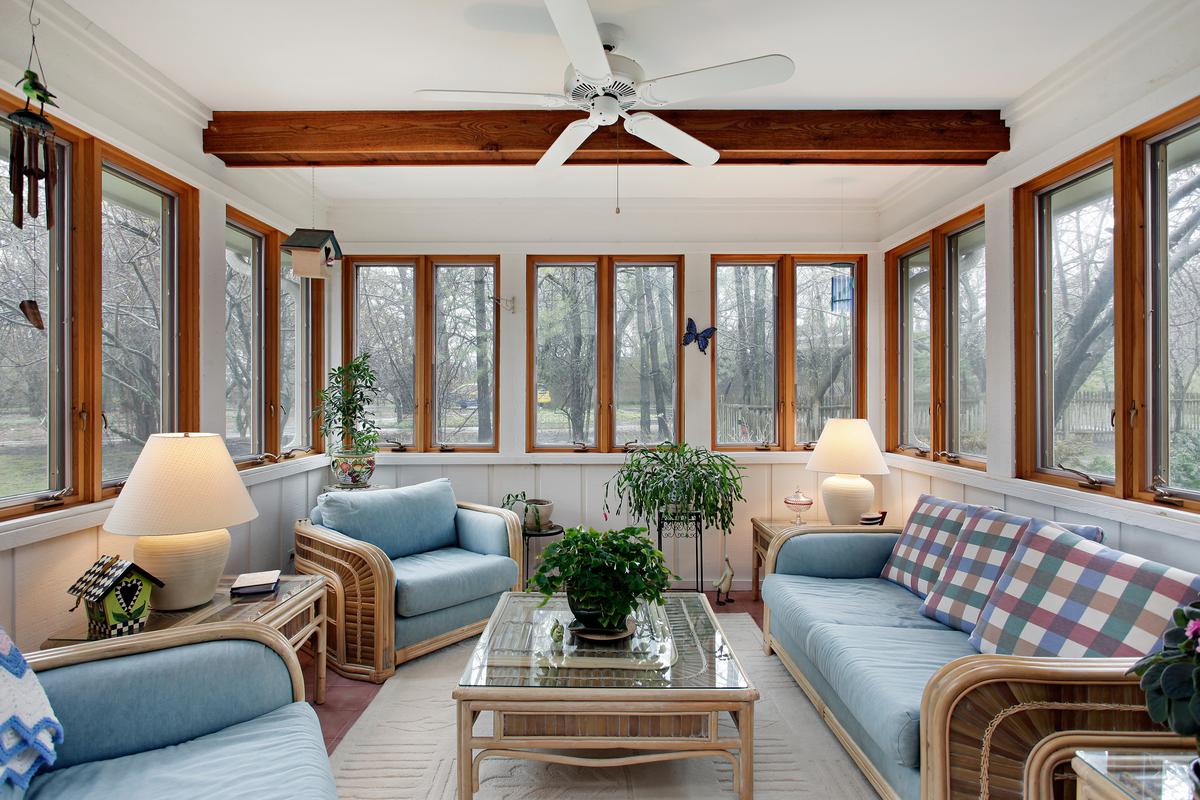
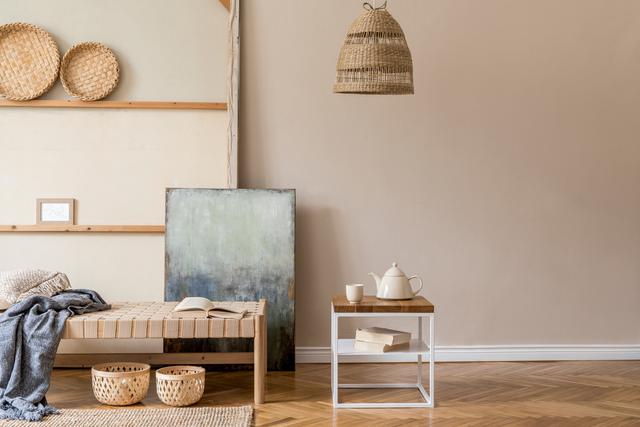
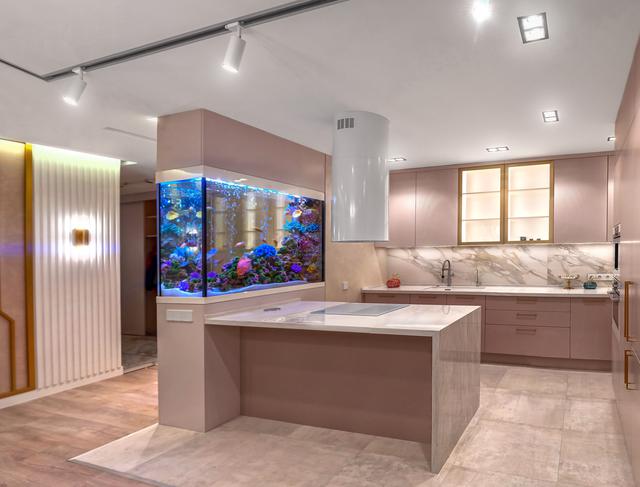
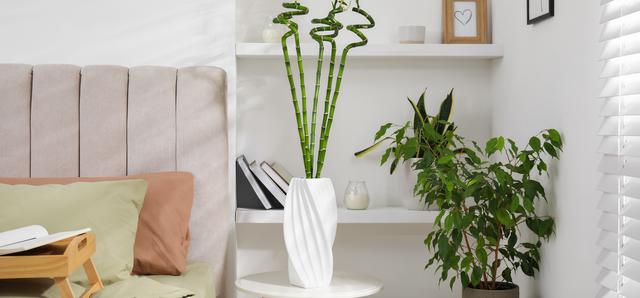
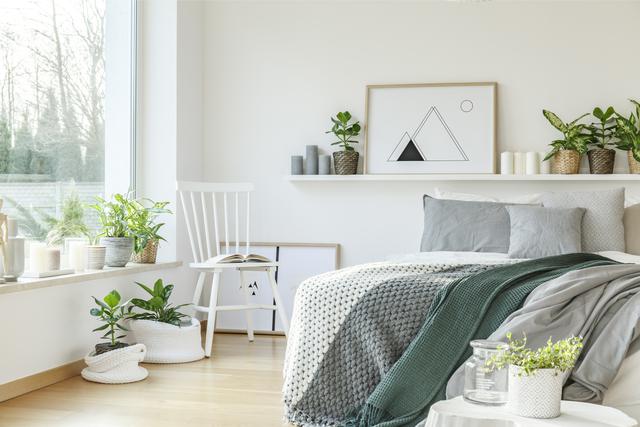
comments